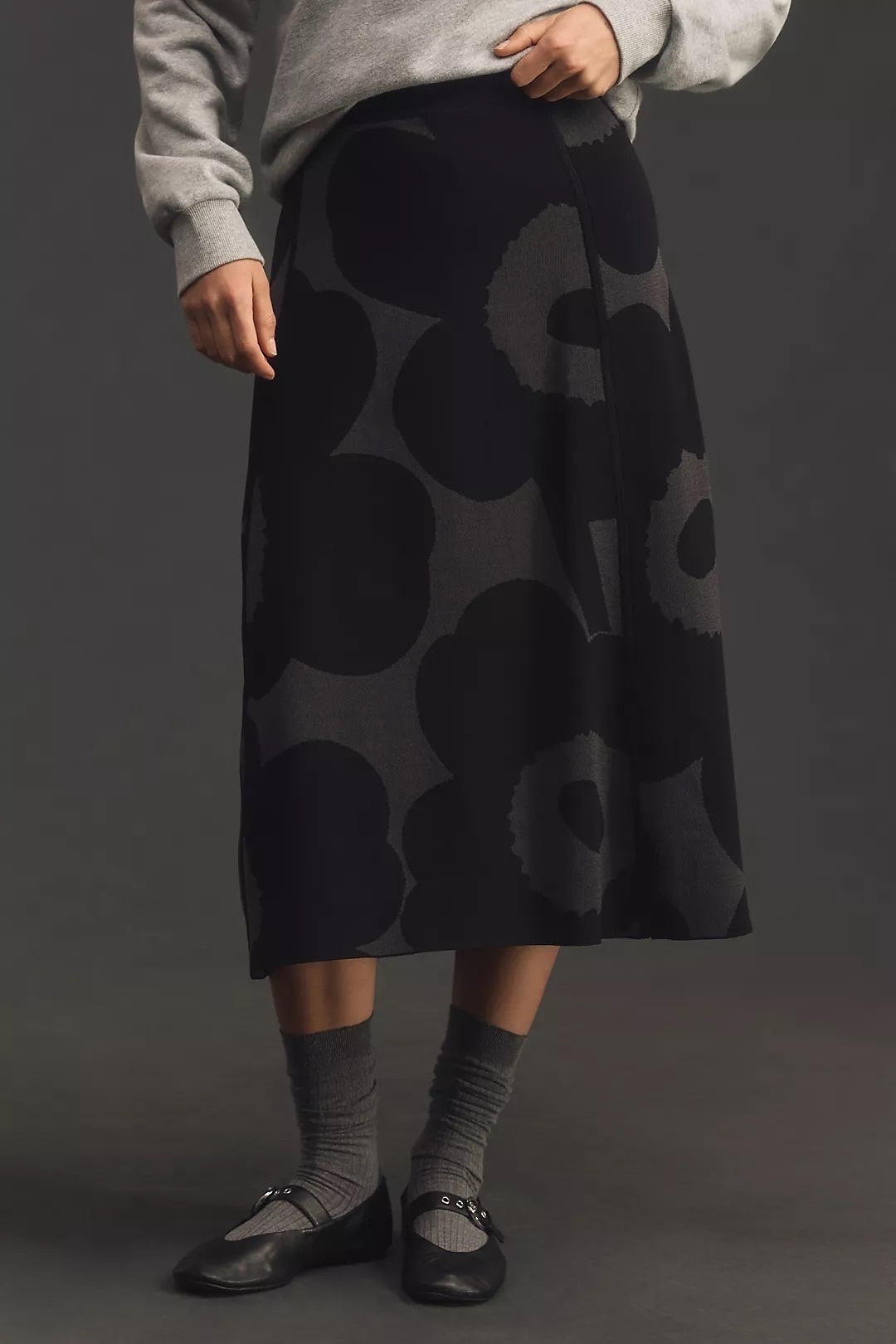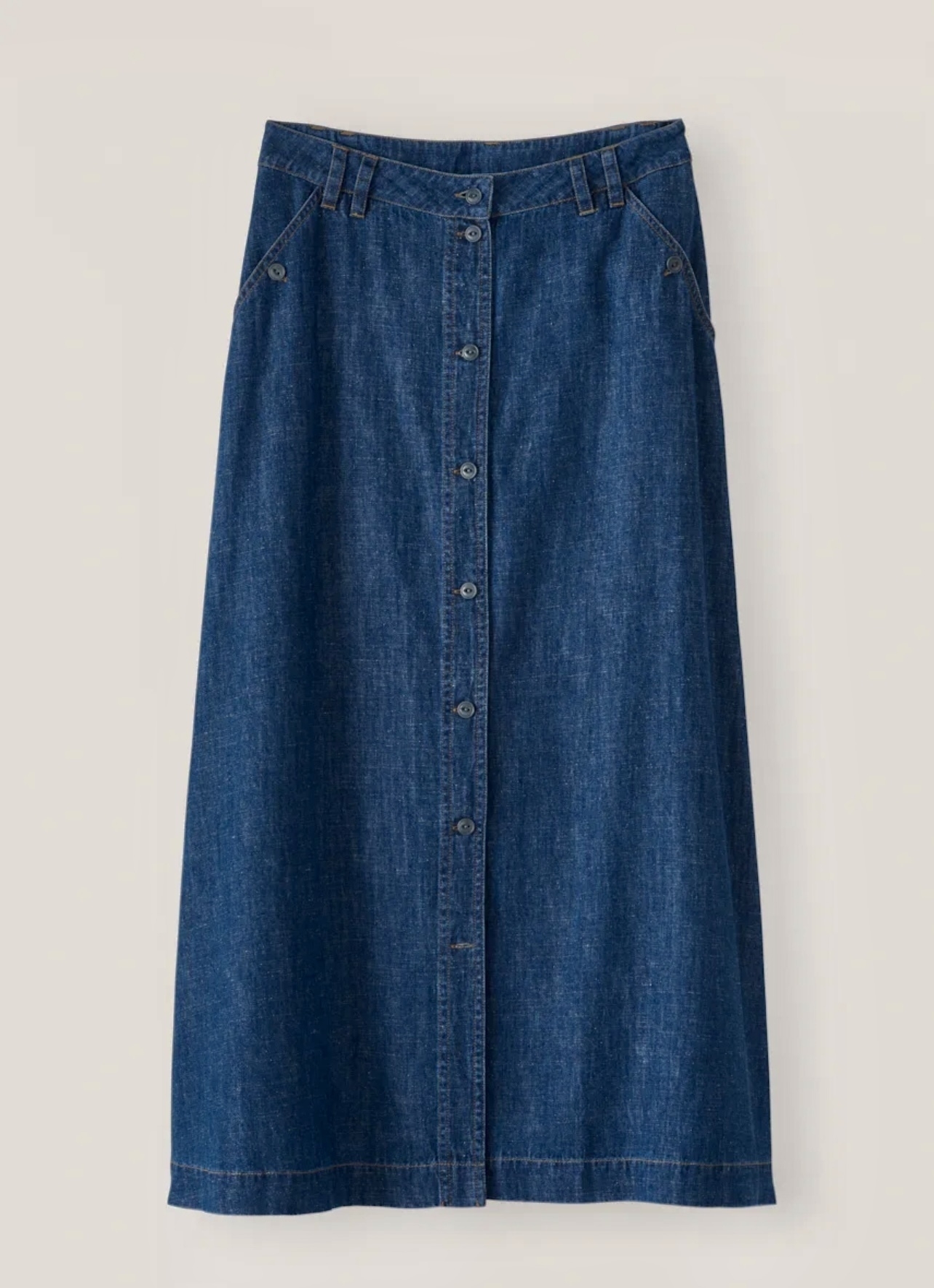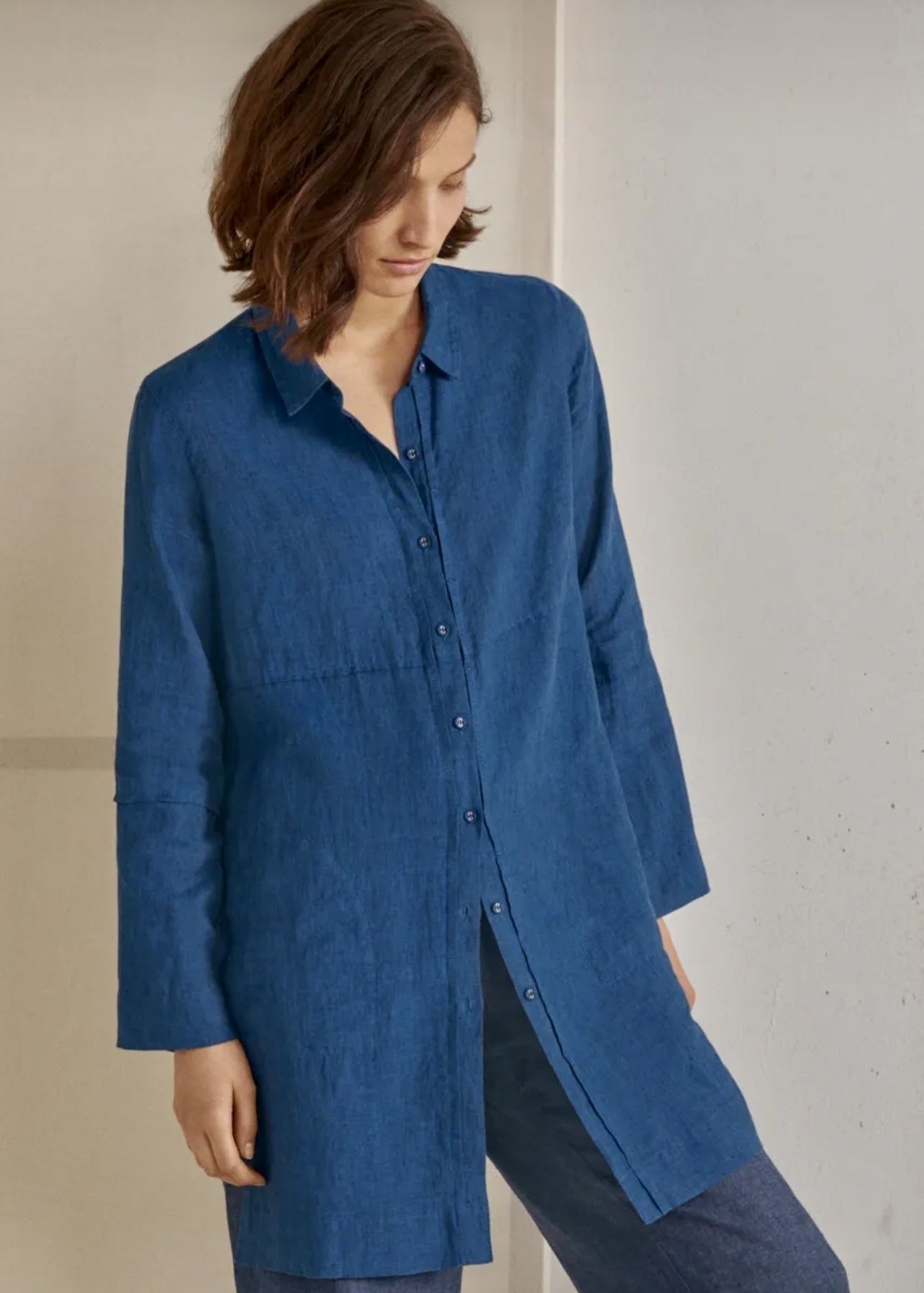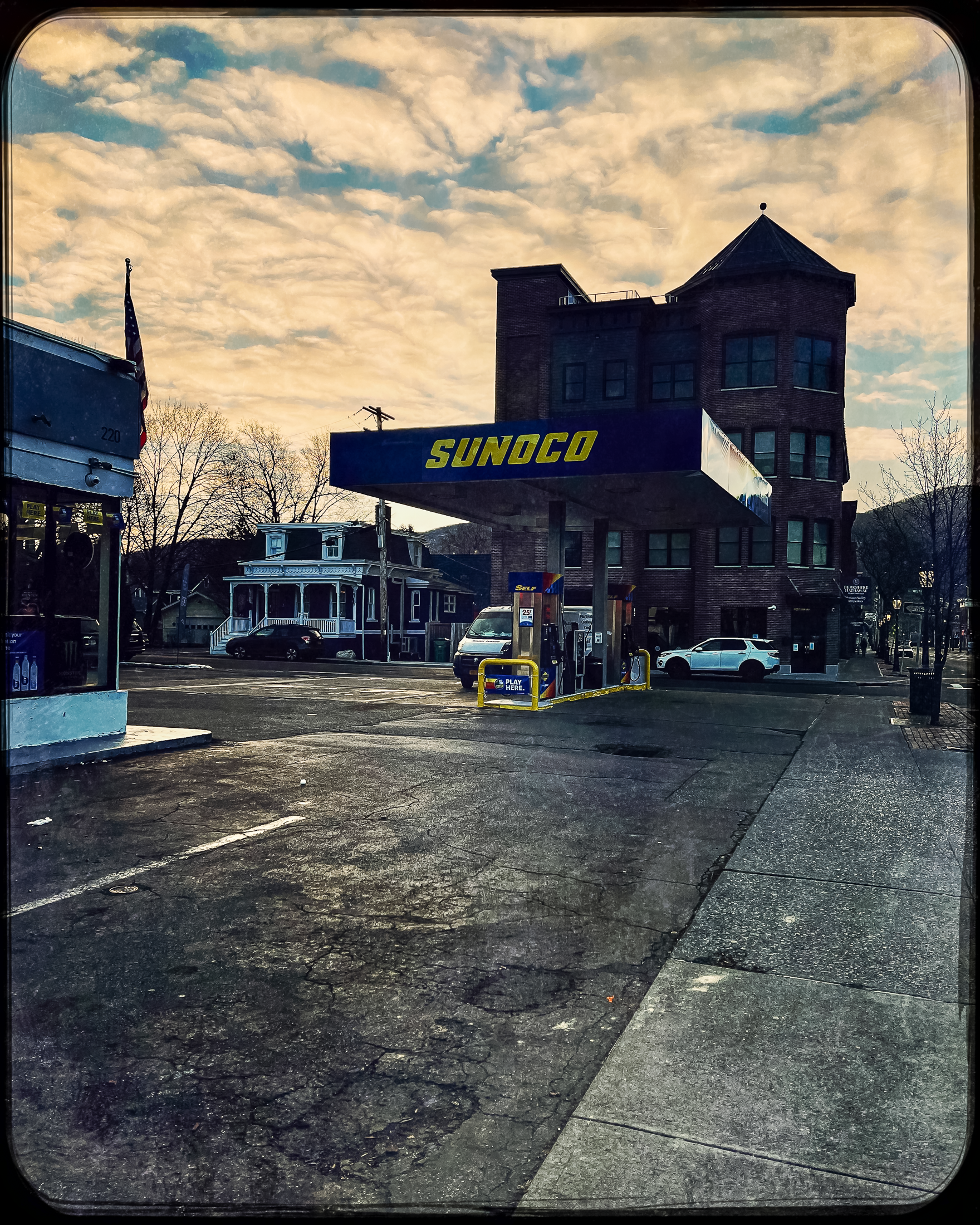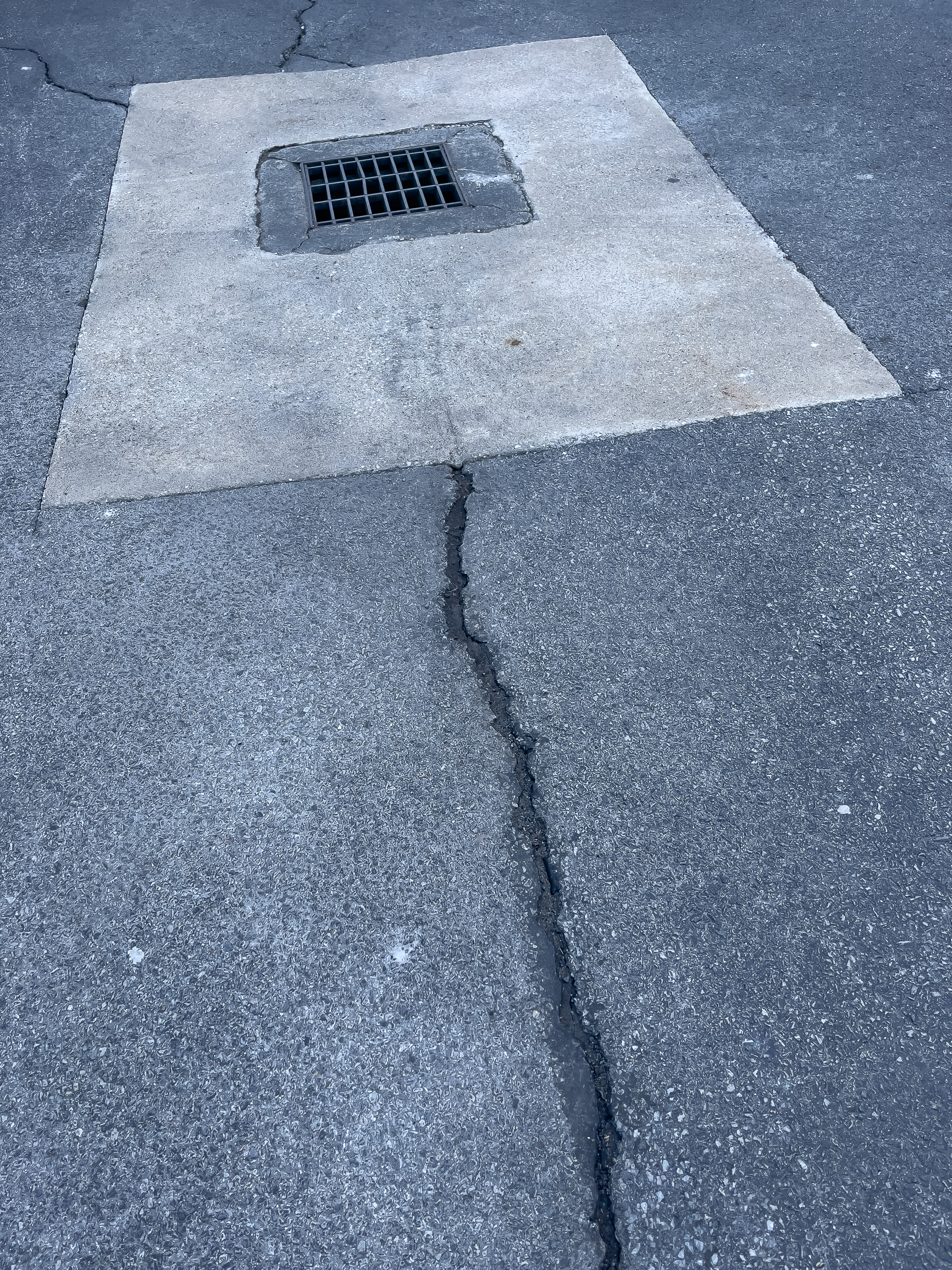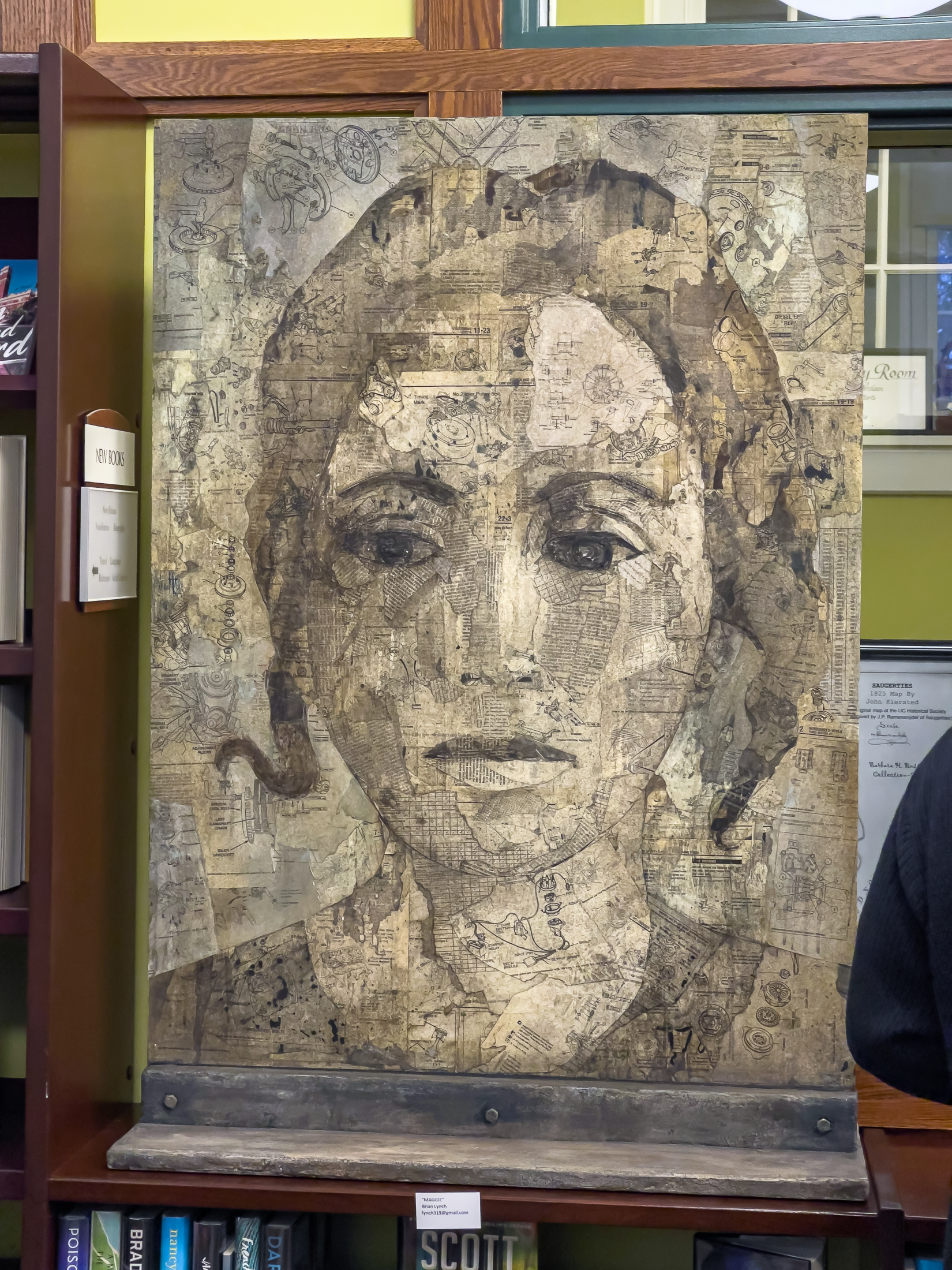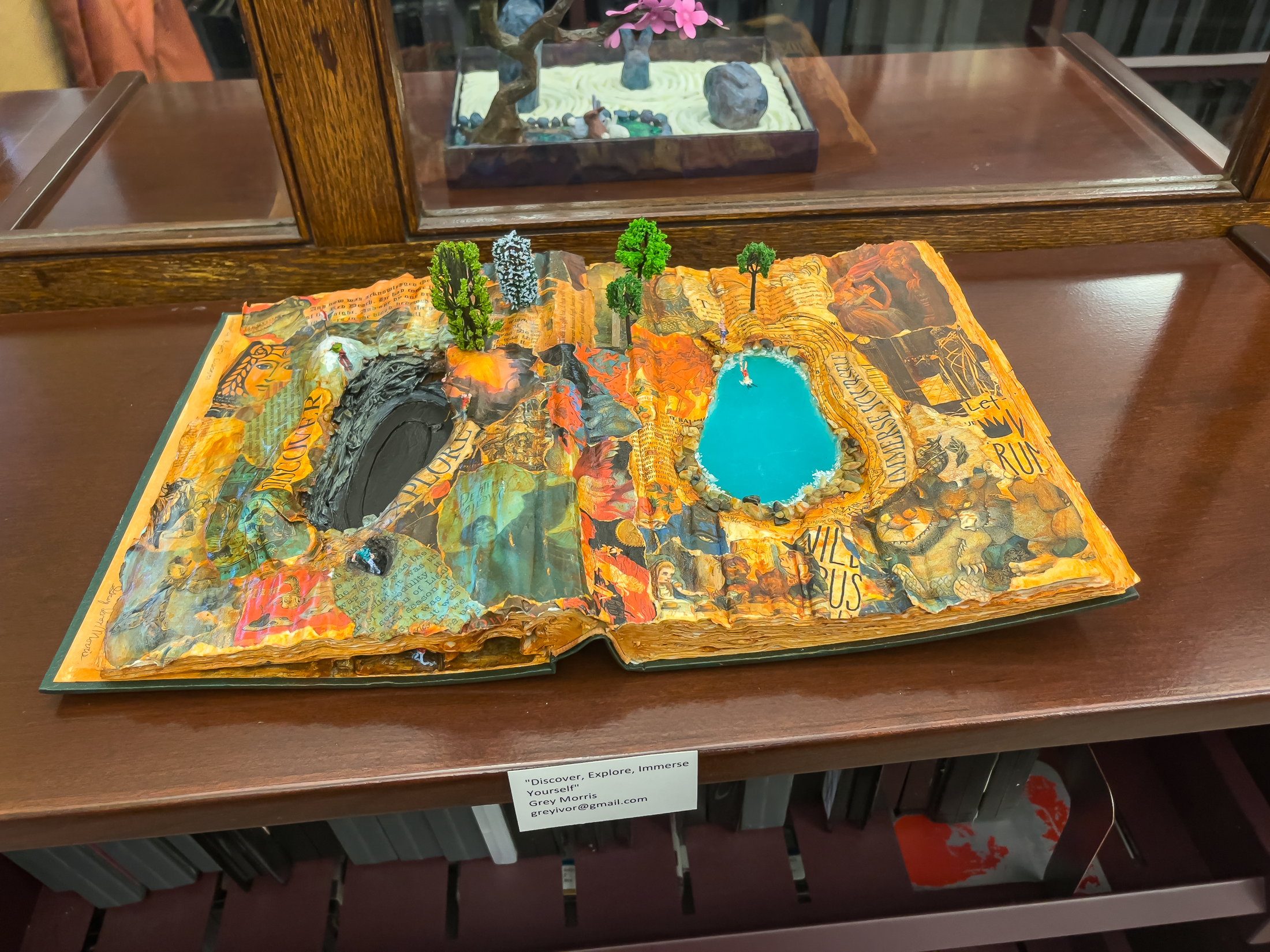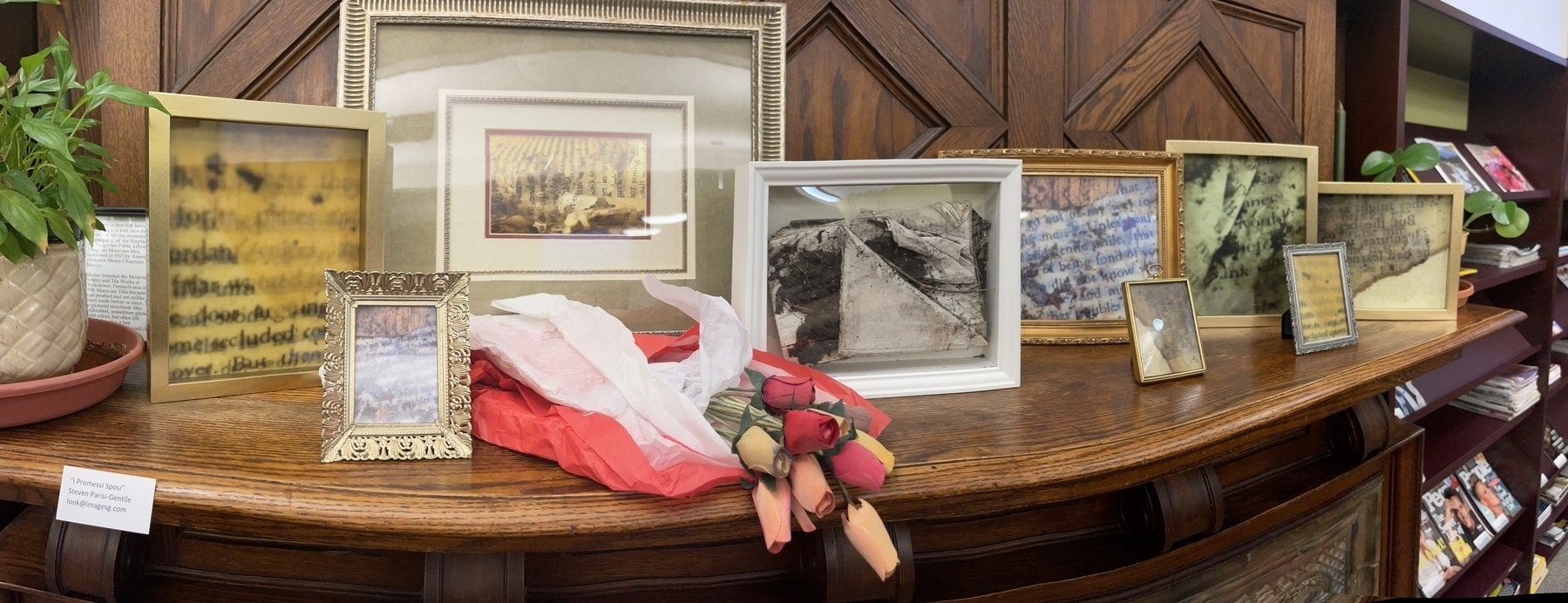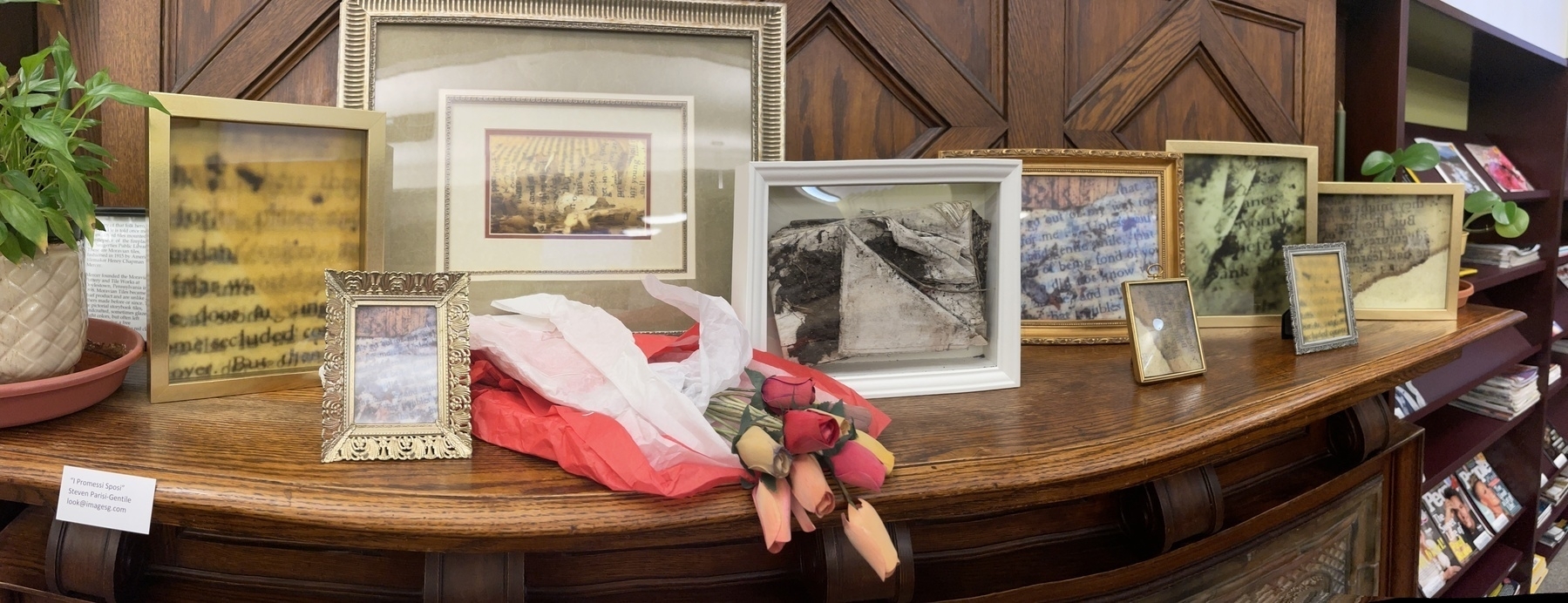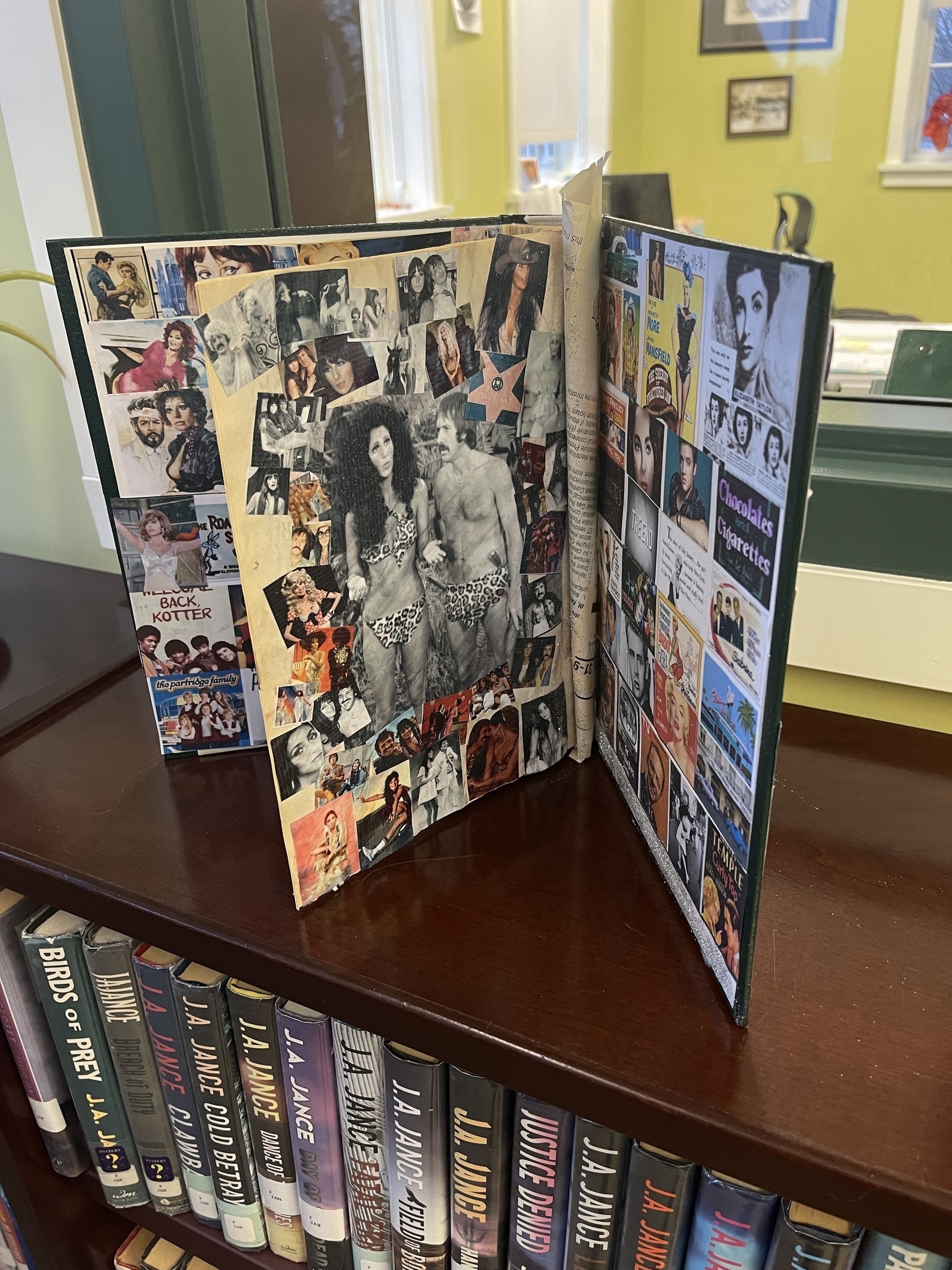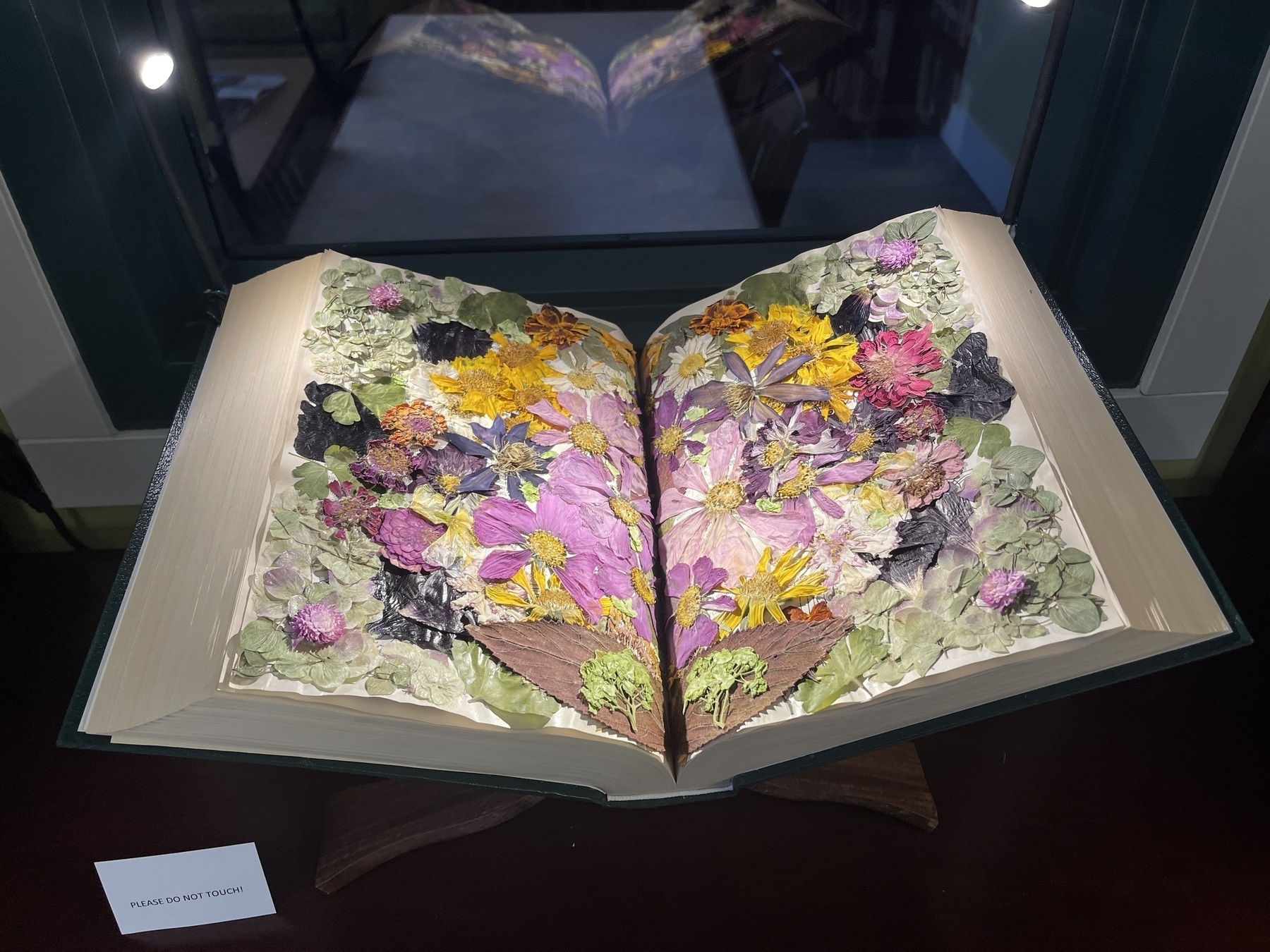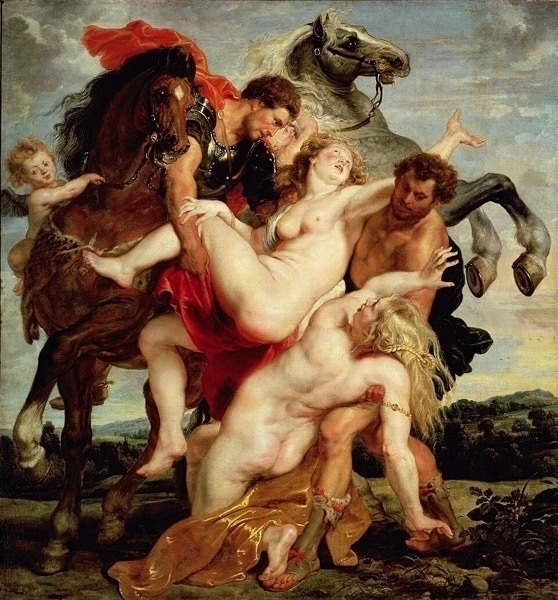
lying on the free table in front of the estate auction house on main street… an art magazine dedicated to the 400th anniversary of the birth of Peter Paul Rubens… i flip through the pages and find reproductions of his drawings and paintings of women… i love the feminine… i love womanhood… i tuck it in my backpack and continue down the sidewalk…
i am out for my daily walk… photographing… thinking… getting some exercise… i will arrive at Bigmouth coffee shop at 7, when it opens… i am shaking up my morning routine a little… maybe a new coffee shop environment will help break the creative block i have been experiencing… i have been unable to write or make photography consistently for a couple of years now… perhaps calling it a creative block isn’t quite correct… i have been exploring trans feminine space… this has involved a complete redo of my wardrobe… countless hours scouring the internet and local shops for dresses, skirts, blouses, shoes, makeup, accessories… what i have been going through has appropriated all creative energies during these years… clothing, makeup, jewelry, shoes… then testing new outfits in the morning at the local coffee shops… i have a good solid wardrobe now… there are still some holes in it though… shoes have been especially difficult… quality women’s shoes in my size are hard to find… last week i spent several hours shopping for shoes on line… i found some new sources… i ordered a pair of lovely red knee height boots and a pair of pecan brown leather kitten heal sandals… recreating myself continues…
even so, i am getting restless… the creative urge is building towards and around other expressions… photography, writing…
my new coffee shop routine will be sat, sun, Kitchen & Coffee, because Bigmouth doesn’t open till 8 AM on weekends… mon, Bigmouth… tue, kitchen and coffee because favorite baristas work the opening shift… wed, thu, fri, Bigmouth…
i stand in front of Bigmouth waiting… a little after 7 the door pops open and a Rubenesque young woman, with radiant smile and pleasant demeanor, pops out carrying a piece of sidewalk furniture… i wait for her to complete the transfer of furniture from inside the shop to sidewalk… when finished, she invites me to come in… i do… she takes up her place behind the counter… i ask her to remind me of her name… Chelsea… i place my order… i ask her how she is today… i compliment her necklace assemblage… she smiles and thanks me… she remembers me, which is impressive… i don’t come here often… she remembers i always ordered decaf… i can’t remember coming here enough to have an always order… i find two packages of coffee beans and request a chocolate chunk oatmeal cookie, which turns out to be the Godzilla of chocolate chunk oatmeal cookies… $50… mostly for the the coffee beans…
i haul beans, Godzilla cookie, coffee, iPhone, backpack and myself to the big round table in the back, my preferred table… after arranging self and things i decide to have a look at the Rubens birth anniversary magazine… i get to page 16 and am drawn to the words RAVISHED BEAUTIES and the adjacent reproduction of The Rape of the Daughters of Leucippus… i read the caption…
According to Greek myth, Phoebe and Hilaria, daughters of king Leucippus of Messene, were snatched away from their husbands-to-be by Castor and Pollux, the twin sons of Zeus. Rubens delighted in such stories, which provided him with almost inexhaustible opportunities to portray his favorite subject: the female nude. **The Rape of the Daughters of Leucippus** (2.25M x 2.10M), painted around 1619, is not a tragic picture: the maidens, like the impish cupid clinging to the horse's bridal at left, **do not seem unduly perturbed by what is going on**.
the news has been thick with the Jeffrey Epstein scandal… Epstein trafficked women globally… many of his victims were under age… highest level powerful men used his services…
highest level powerful men have also worked hard to burry the scandal… giving Epstein sweetheart plea deals… transferring his accomplice, Ghislane Maxwell, to sleep-away-camp prison and providing her with work release privileges… in exchange for her silence and/or misdirection?…
nothing to see here!…
in an ironic twist, the scandal has renewed legs because Trump’s MAGA base was promised full disclosure of the Epstein files to encourage their support… i think they imagined it would be mostly liberals who were implicated… they haven’t backed off now that “dear leader” seems to be among the implicated… sex trafficking minors may be one of the few bridges too far for them…
as i read the caption of the Rubens rape painting i see a 400 year old patriarchal permission slip for rape, interpreted exactly that way by the relatively contemporary caption… the accompanying article was written by a man and published in the June 1977 issue of The UNESCO Courrier… it would not be until 1993 that the United Nations would issue a declaration on violence against women… too late for this publication… one hopes better editorial decisions relative to the portrayal of women were made well before 1993…
i am less upset about the artist and the painting itself, than the patriarchal scholarly contention that the picture lacks tragic import because the women don’t appear “unduly disturbed”… it is difficult to stomach… the women have been rendered as the male gaze fantasizes them… they wanted it, didn’t they?…
in an unexpected twist, i read that the arrival of humanism opened the doors to the painting of female nudes, even nude rape victims… as long as it was grounded in myth…
an AI search summary of the purpose of myth…
Myths explain natural and cultural phenomena, provide moral guidance, and help individuals understand their place in the world. They also connect people to their cultural heritage and address universal human concerns such as creation, life and death.
they also serve to entrench and perpetuate the patriarchal and misogynous underpinnings of European society…
some brief poking around confirms that there is a greek myth about two young male gods, Castor and Pollux, who abducted Leucippus' daughters away from the men they are betrothed to, killing the fiancés in the process… such was the world back then… “they aren’t yours if you can’t keep them,” to paraphrase a line from the TV series Your Friends and Neighbors… in Castor and Pollux’s defense, they were gods and they did marry and have children with the women…
the abduction of women (what rape meant back in the day) has been a thing for a very long time… powerful men and gods do what they wish with the women around them…
how little things have changed… how unbelievably long they have been the same…
